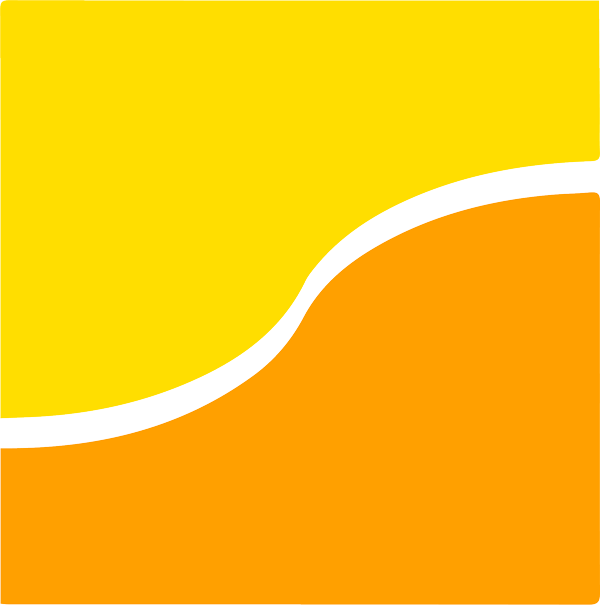Spain
Categories
Type of resources
Available actions
Topics
Keywords
Contact for the resource
Provided by
Formats
Representation types
Update frequencies
status
Service types
Scale
-

Regular grid model of 5 meters resolution, from all over Catalonia, which expresses the orthometric altitudes of the terrain, without the elements that may be above it (buildings, vegetation, etc.).
-

Regular grid model of 1 meter resolution, from all over Catalonia, which expresses the orthometric altitudes of the surface of the territory, including the natural and artificial elements found on the ground (trees, buildings, etc.).
-

Regular grid model of 1 meter resolution, from all over Catalonia, which expresses the orthometric altitudes of the surface of the territory, including the natural and artificial elements found on the ground (trees, buildings, etc.).
-

Regular grid model of 2 meters resolution, from all over Catalonia, which expresses the orthometric altitudes of the terrain, without the elements that may be above it (buildings, vegetation, etc.).
-

Set of tables that contain the information necessary to identify an address in a simplified way. This data is derived from the Municipal data base of addresses of Catalonia.
-

The municipal database of addresses of Catalonia contains, for each municipality, the set of addresses of places where people can live or activities can be carried out, described by means of a couple of representative coordinates of the site, in two dimensions (2D), and attributes that specify the location and path. This set of data corresponds to the municipality of Vilaller.
-

Regular grid model of 50 centimeters resolution, from all over Catalonia, which expresses the orthometric altitudes of the terrain, without the elements that may be above it (buildings, vegetation, etc.).
-

Regular grid model of 25 centimeters resolution, from all over Catalonia, which expresses the orthometric altitudes of the surface of the territory, including the natural and artificial elements found on the ground (trees, buildings, etc.).
-

Regular grid model of 25 centimeters resolution, from the territory of the Barcelona metropolitan area, which expresses the orthometric altitudes of the terrain, without the elements that may be above it (buildings, vegetation, etc.).
-

Mosaic of the territory of Catalonia representing the Normalized Difference Vegetation Index (NDVI), through the combination of rectified images captured by satellite in the red and near-infrared bands. This index allows estimating the vigor of the vegetation, based on the normalized difference between the radiation reflected in the infrared band of the electromagnetic spectrum with respect to the red band of the visible spectrum.
 Catàleg IDEC
Catàleg IDEC